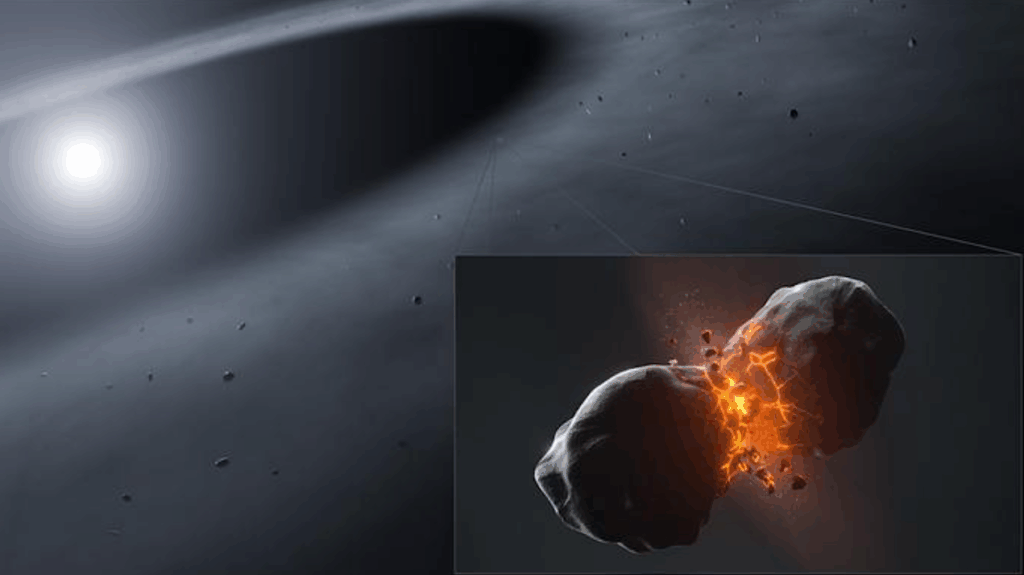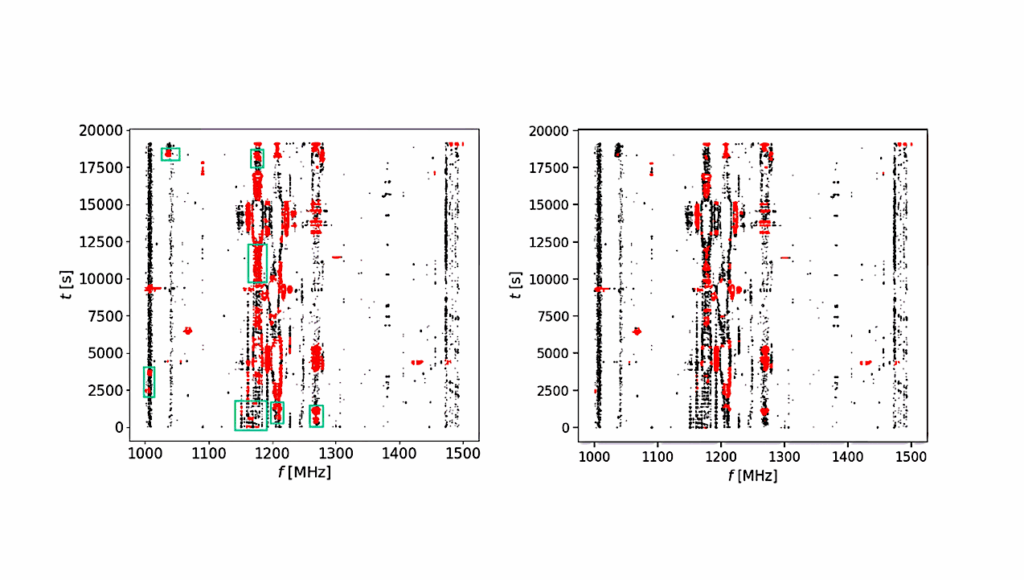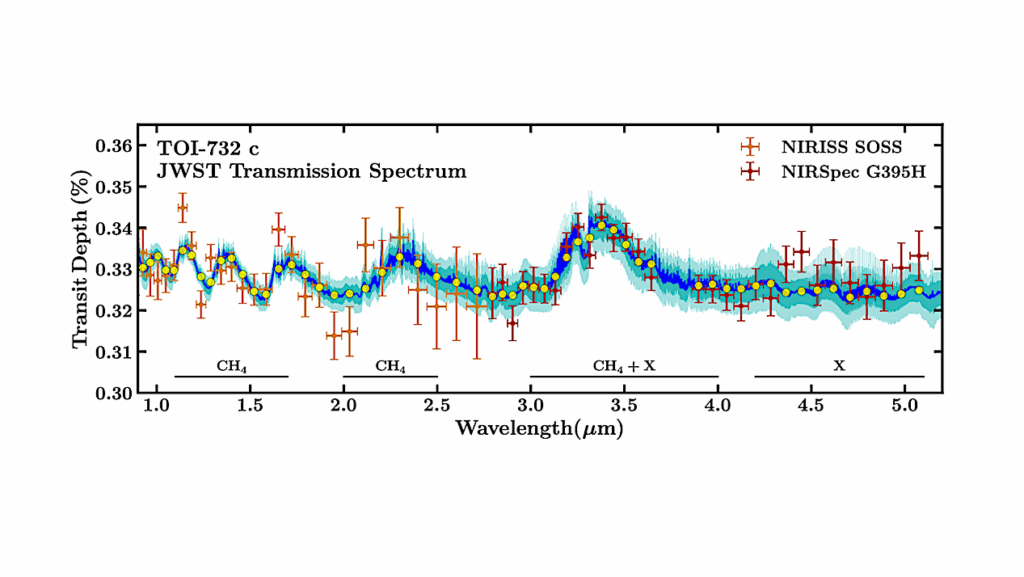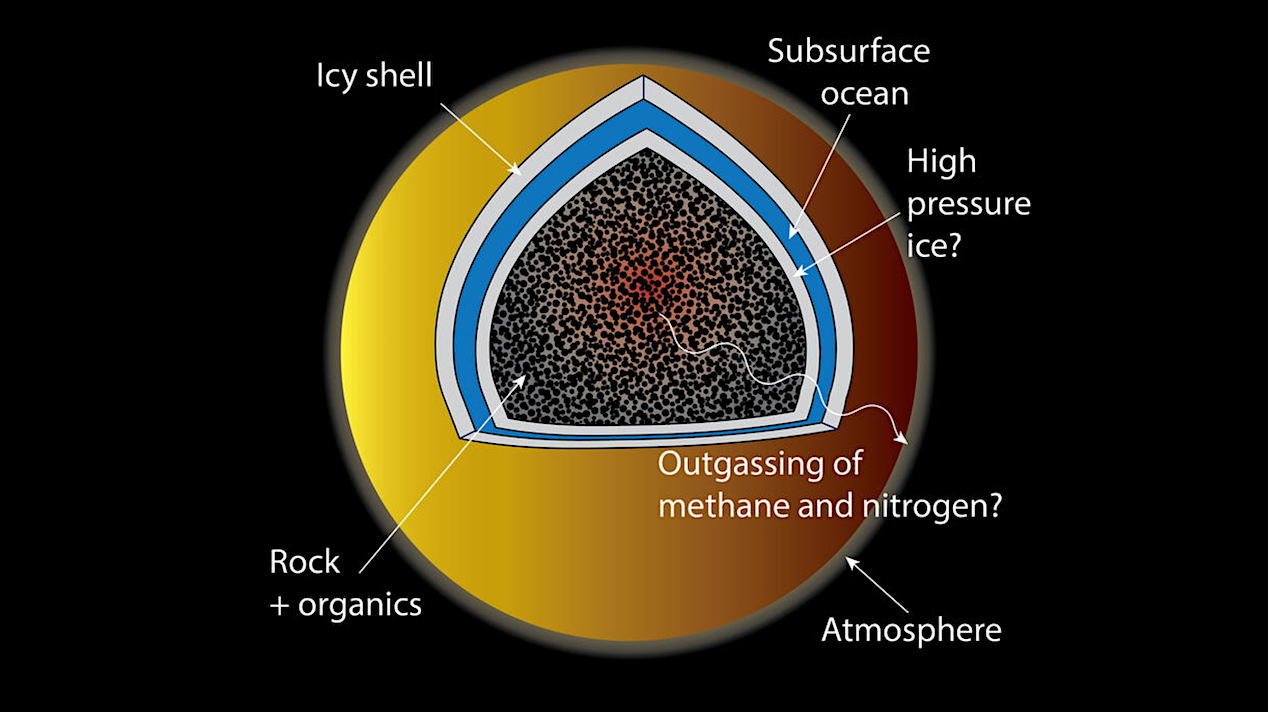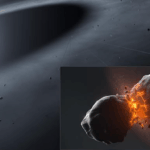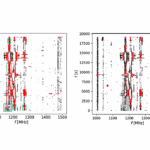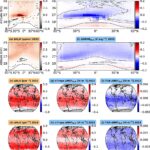Now Reading: Signatures of Ice-Free Ancient Ponds and Lakes Found on Mars
-
01
Signatures of Ice-Free Ancient Ponds and Lakes Found on Mars
Signatures of Ice-Free Ancient Ponds and Lakes Found on Mars
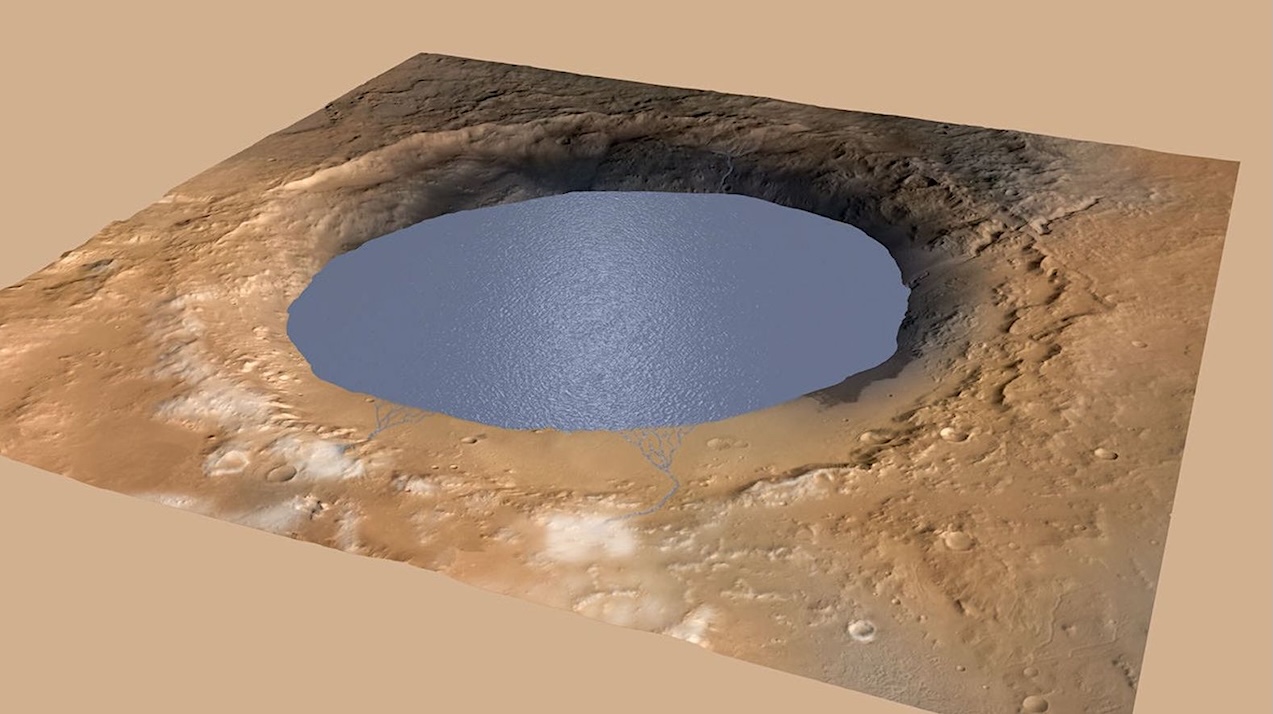
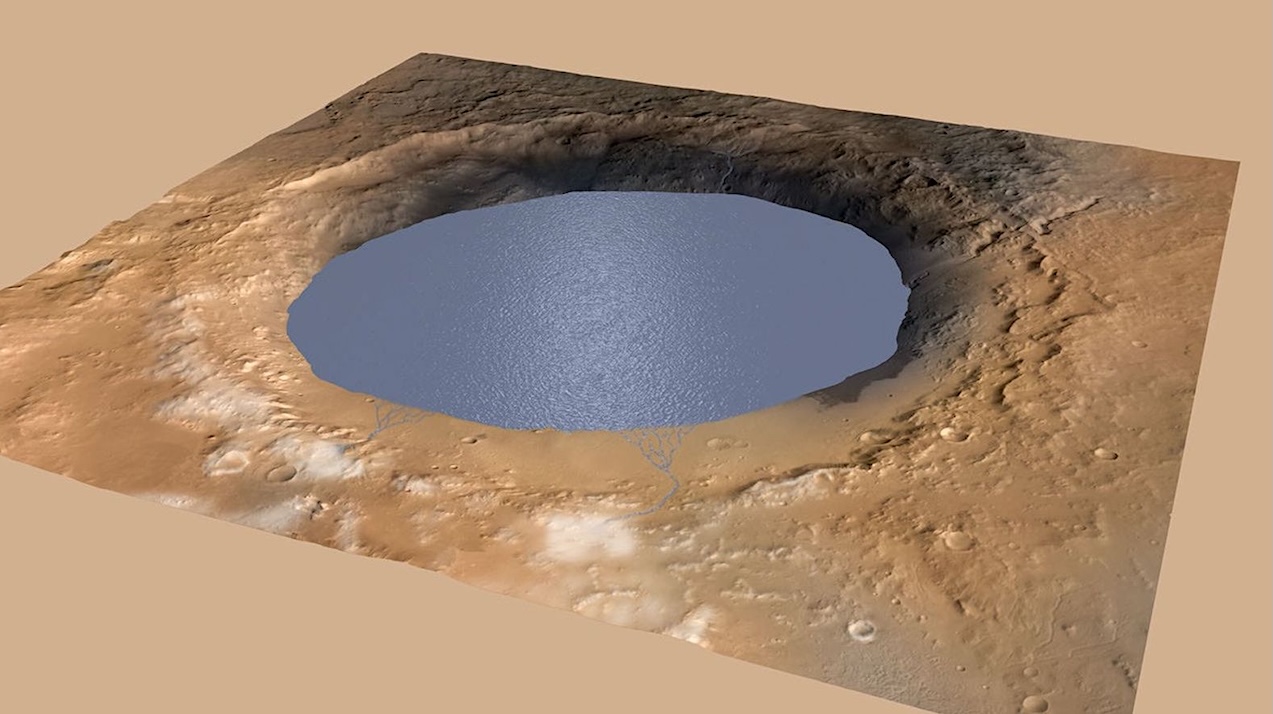
Researchers have discovered two sets of ancient wave ripples on Mars, signatures of long-dried bodies of water preserved in the rock record. Wave ripples are small undulations in the sandy shores of lakebeds, created as wind-driven water laps back and forth. The two sets of ripples indicate the former presence of shallow water that was open to the Martian air, not covered by ice as some climate models would require.
Ripples are one of the clearest indicators of an ancient standing body of water that can be provided by the geologic record. The team estimates that the ripples formed around 3.7 billion years ago, indicating that the Martian atmosphere and climate must have been warm and dense enough to support liquid water open to the air at the time.
The research is described in a paper appearing in the journal Science Advances. Caltech’s John Grotzinger, Harold Brown Professor of Geology, and Michael Lamb, professor of geology, are principal investigators on the study.
“The shape of the ripples could only have been formed under water that was open to the atmosphere and acted upon by wind,” says postdoctoral scholar Claire Mondro, the study’s first author.

Symmetric ripple marks (A) are observed within the AMB outcrop. Ripple crests are identified with yellow arrows (A) and are aligned near-vertical (white arrow) in successive ripple layers. Internal laminae can be traced continuously through the ripple troughs. In plan view (B), the ripple crests are linear with occasional tuning-fork bifurcation, oriented consistently NW/SE. The AMB ripple unit is laterally extensive, of consistent thickness, and is conformably overlain by a unit of planar laminae [(C): contact is covered here—dotted line is inferred contact]. The AMB ripple unit at the Amapari location is ~15 cm thick and is composed of five resistant beds containing symmetric ripple marks. Image credit: NASA/JPL-Caltech/MSSS.
Lamb, an expert on the interactions between sediment, water, and atmosphere on Earth, created computer models from the ripples to determine the size of the lake that created them. The ripples are small—only about 6 millimeters high and spaced 4 to 5 centimeters apart. Such small ripples in fine sand are formed by the action of small waves, and this constraint limits the original setting to a shallow lake less than about 2 meters deep.
The period of the ripples’ formation, around 3.7 billion years ago, was a time in Mars’s history when it had been assumed that the planet was becoming drier. “Extending the length of time that liquid water was present extends the possibilities for microbial habitability later into Mars’s history,” Mondro says.
The ripples were discovered in 2022 by NASA’s Curiosity rover as it drove through the Gale Crater region of Mars. One set of ripples, the Prow outcrop, was discovered in a region that once contained wind-blown dunes. The other set, found nearby in the Amapari Marker Band of rock, suggests the presence of a lake with up to 2 meters of water, slightly later in Mars’s history than the Prow. The two sets of ripples suggest that the atmospheric conditions for their formation occurred at multiple points in time.

Along the Curiosity traverse [(A), gray line] through the Mirador formation, the rover observed symmetric ripple marks within the Prow outcrop near the base of Mirador butte at elevation −3950 m (B) and the Amapari Marker Band (AMB) outcrop along the west side of Marker Band Valley (MBV) at elevation −3860 m (C). Red stars indicate the locations of the ripple-containing outcrops within the stratigraphic column (D) along the MSL traverse (A). The Prow is one of the multiple lenticular outcrops within the Contigo member. The AMB outcrops are nearly continuously around MBV [(C): solid orange line], often forming flat, erosionally resistant benches (inner edge traced in dashed orange line). The basemap used in (A) to (C) is a Mars Reconnaissance Orbiter HiRISE mosaic generated by Calef et al. (61, 62) and accessed through the NASA Planetary Data System. — Science Advances via PubMed
“The discovery of wave ripples is an important advance for Mars paleoclimate science,” says Grotzinger, the former project scientist for Curiosity’s mission, the Mars Science Laboratory (MSL). “We have been searching for these features since the Opportunity and Spirit landers began their missions in 2004. Earlier missions, beginning with Opportunity in 2004, discovered ripples formed by water flowing across the surface of ancient Mars, but it was uncertain if that water ever pooled to form lakes or shallow seas. The Curiosity rover discovered evidence for long-lived ancient lakes in 2014, and now 10 years later Curiosity has discovered ancient lakes that were free of ice, offering an important insight into the planet’s early climate.”
The paper is titled “Wave ripples formed in ancient, ice-free lakes in Gale Crater, Mars.” In addition to Mondro, Grotzinger, and Lamb, co-authors are Christopher M. Fedo of the University of Tennessee; Sanjeev Gupta and Steven Banham of Imperial College London; William E. Dietrich and Alex B. Bryk of UC Berkeley; Catherine M. Weitz of the Planetary Science Institute in Tucson, Arizona; Patrick Gasda of Los Alamos National Laboratory; Lauren A. Edgar (PhD ’13) of the United States Geological Survey Astrogeology Science Center in Flagstaff, Arizona; David Rubin of UC Santa Cruz; Edwin S. Kite of the University of Chicago; Gwénaël Caravaca of Université de Toulouse in France; Juergen Schieber of Indiana University; and Ashwin Vasavada (PhD ’98) of JPL, which Caltech manages for NASA. Funding was provided by JPL, NASA, the UK Space Agency, and the French Space Agency.
Wave ripples formed in ancient, ice-free lakes in Gale Crater, Mars.— Science Advances via PubMed
Written by Lori Dajose
Astrobiology
Stay Informed With the Latest & Most Important News
Previous Post
Next Post
-
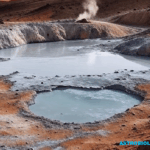 01From Polymerization-Enabled Folding and Assembly to Chemical Evolution: Key Processes for Emergence of Functional Polymers in the Origin of Life
01From Polymerization-Enabled Folding and Assembly to Chemical Evolution: Key Processes for Emergence of Functional Polymers in the Origin of Life -
 02Panasonic Leica Summilux DG 15mm f/1.7 ASPH review
02Panasonic Leica Summilux DG 15mm f/1.7 ASPH review -
 03Two Black Holes Observed Circling Each Other for the First Time
03Two Black Holes Observed Circling Each Other for the First Time -
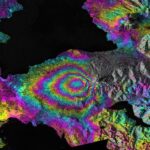 04How New NASA, India Earth Satellite NISAR Will See Earth
04How New NASA, India Earth Satellite NISAR Will See Earth -
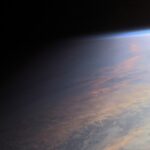 05And Thus Begins A New Year For Life On Earth
05And Thus Begins A New Year For Life On Earth -
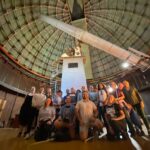 06Astronomy Activation Ambassadors: A New Era
06Astronomy Activation Ambassadors: A New Era -
07SpaceX launch surge helps set new global launch record in 2024












